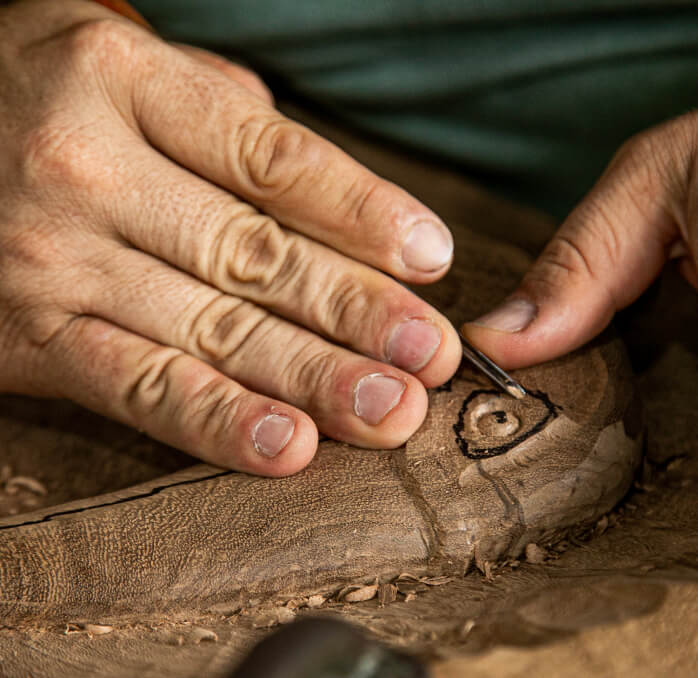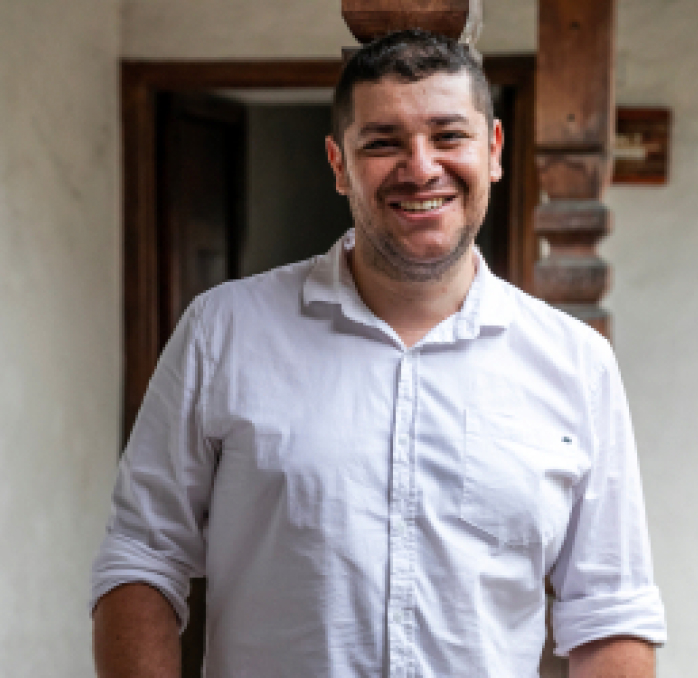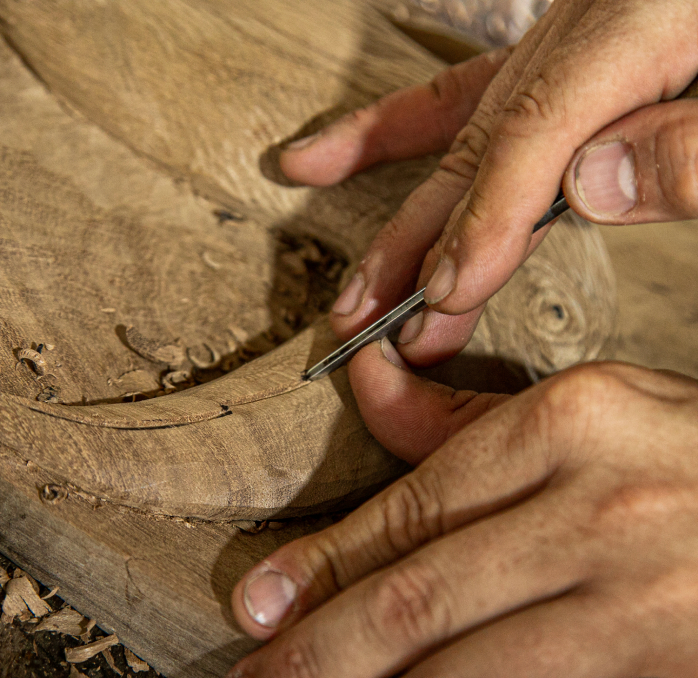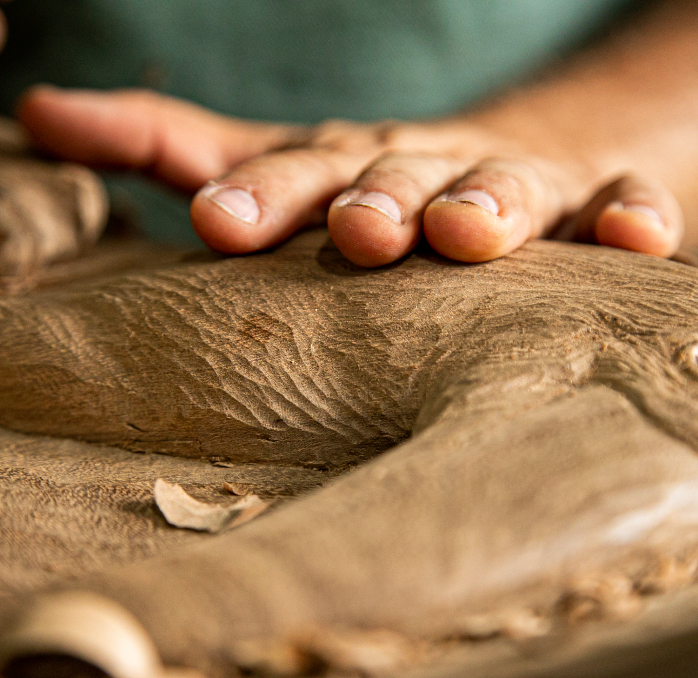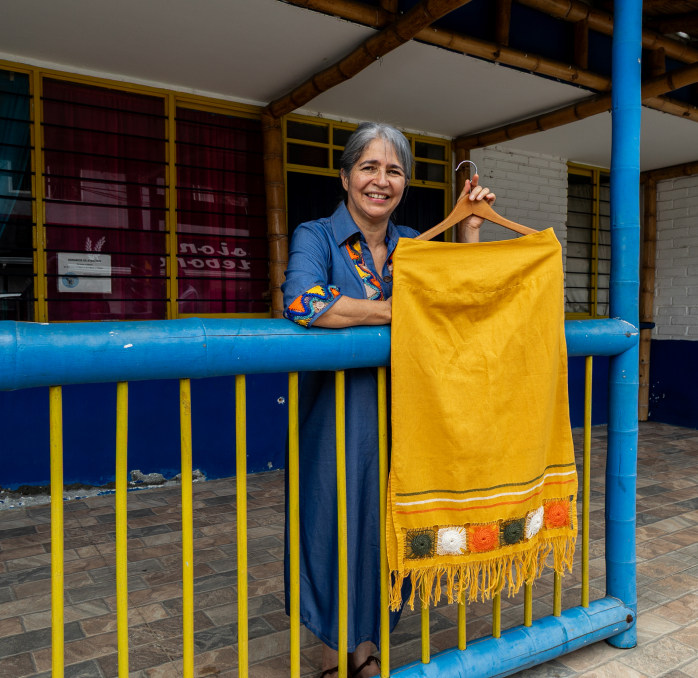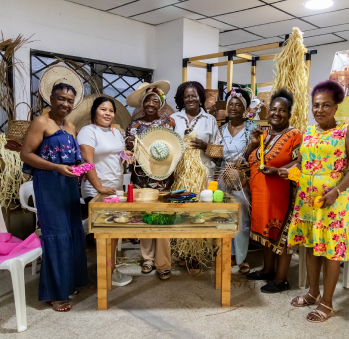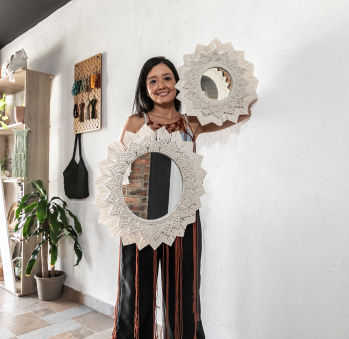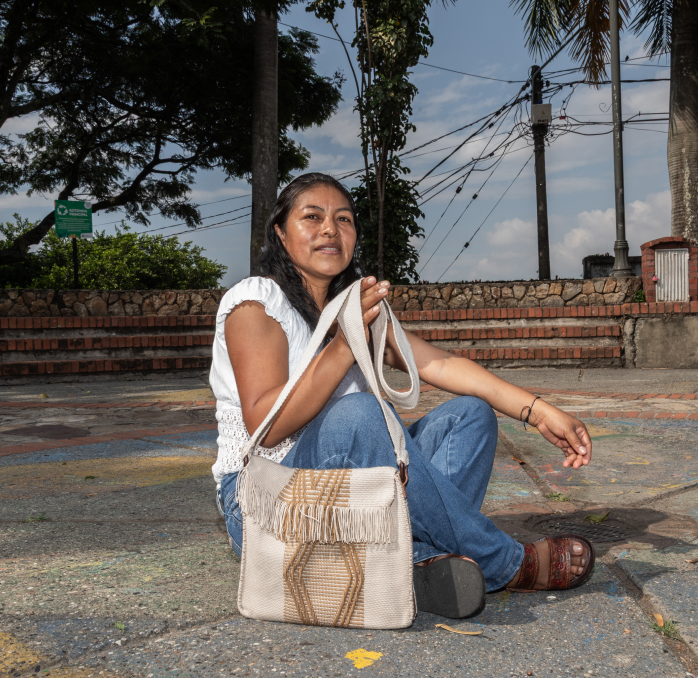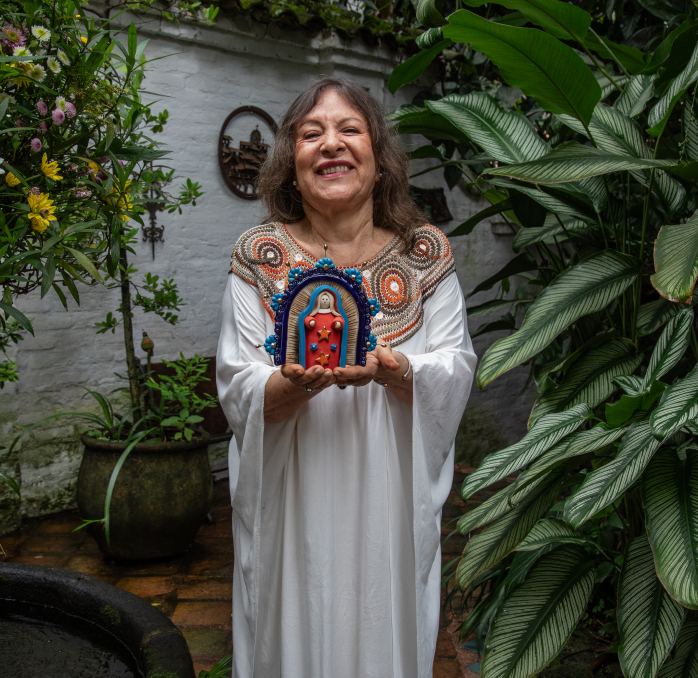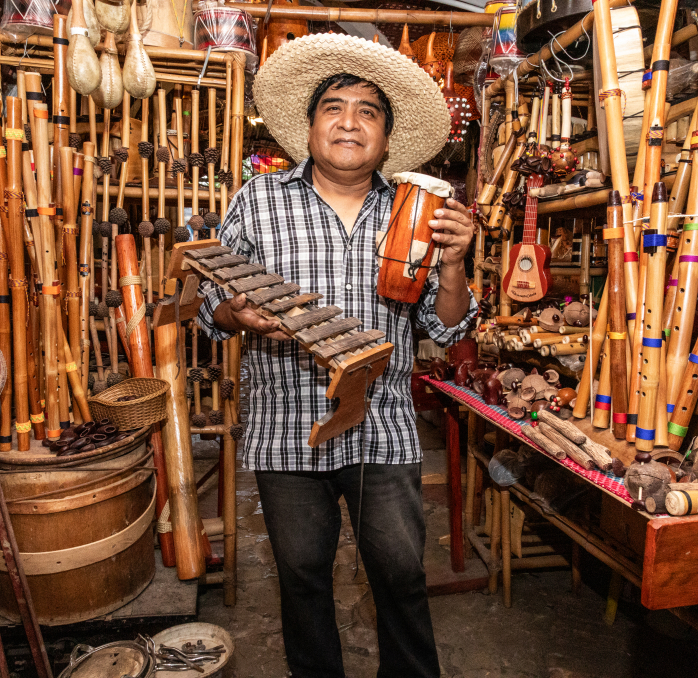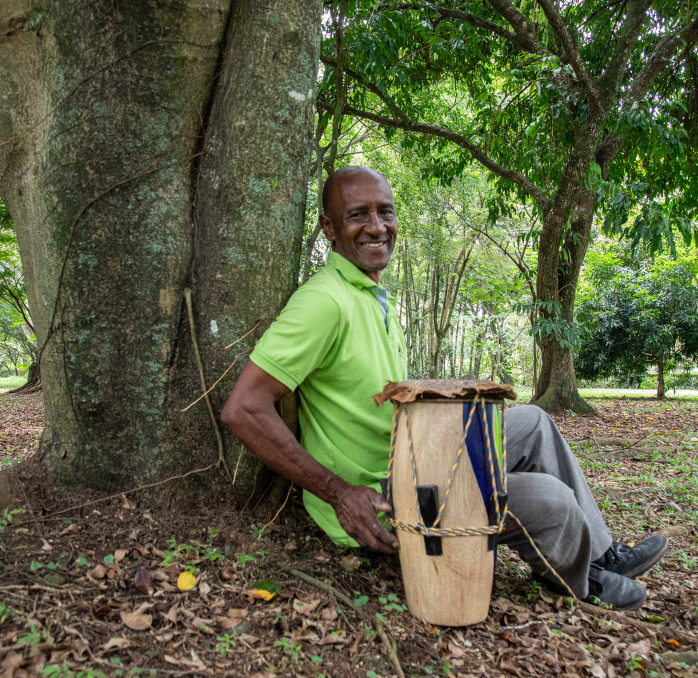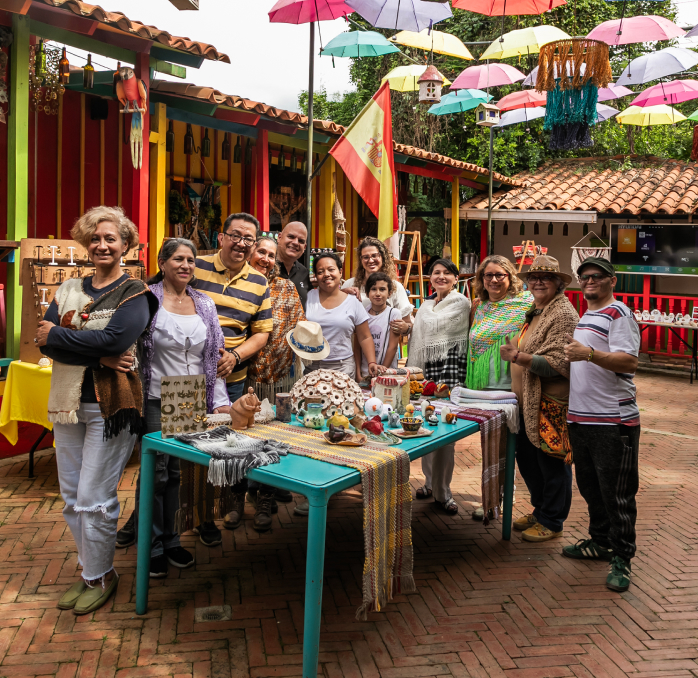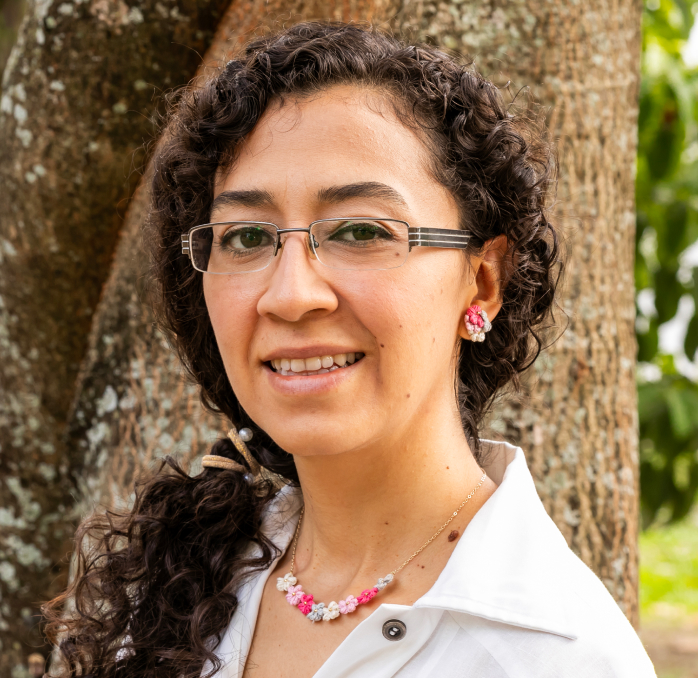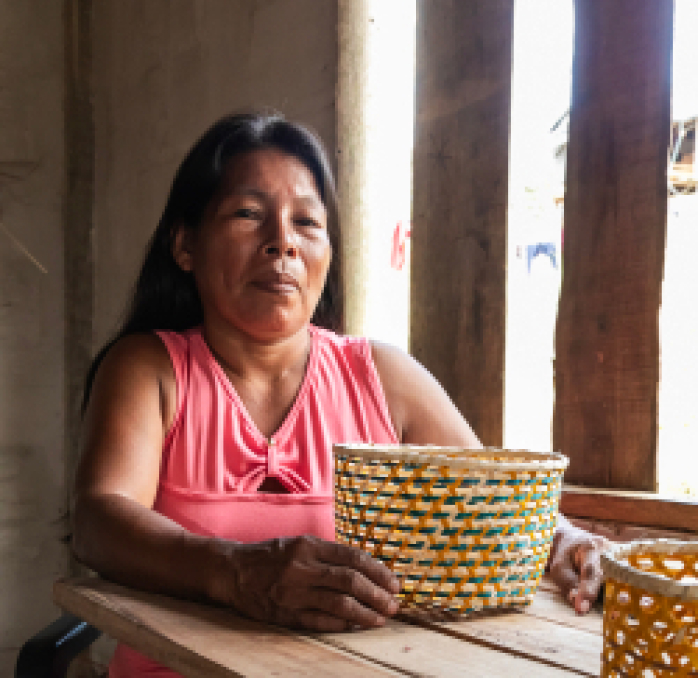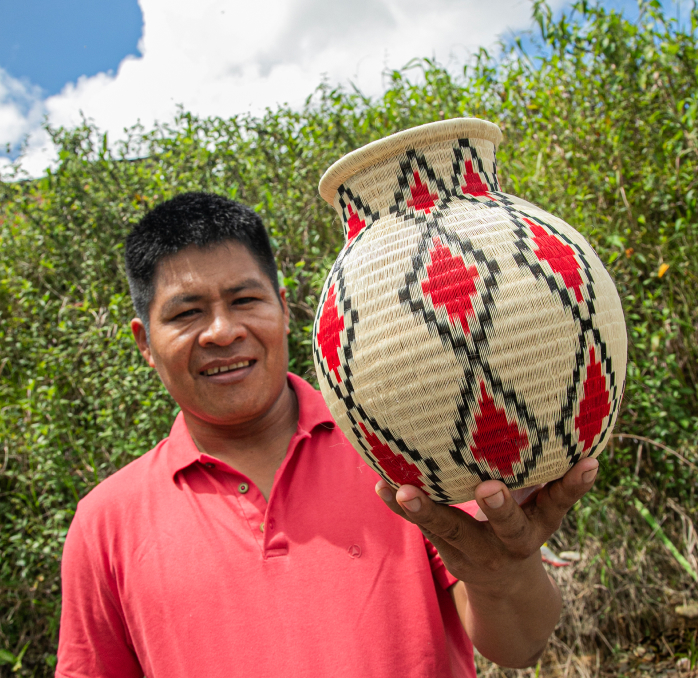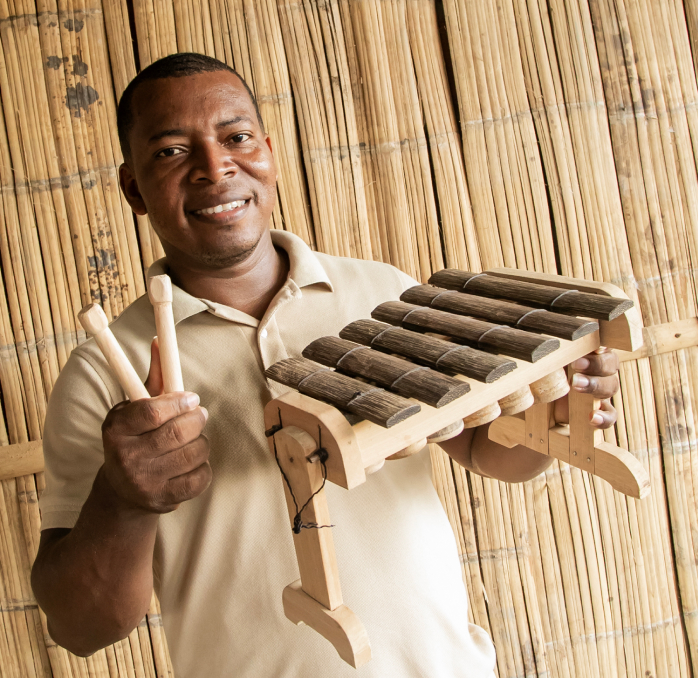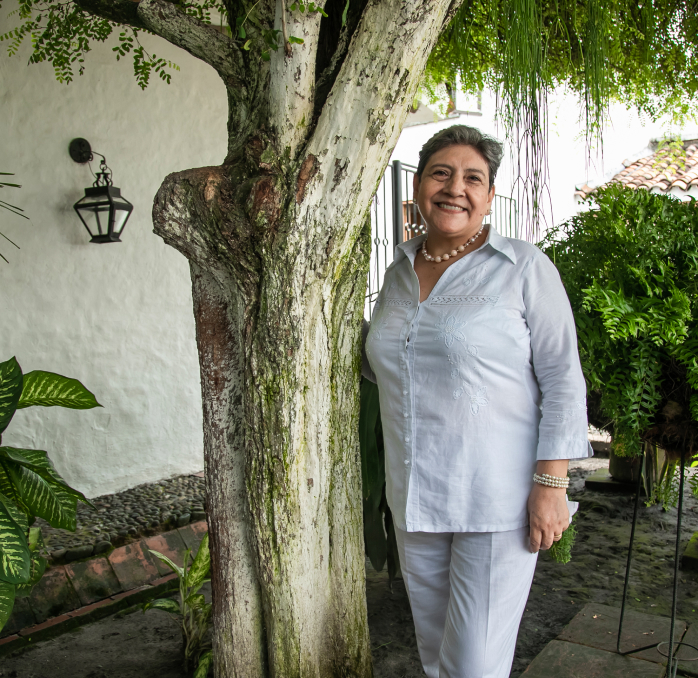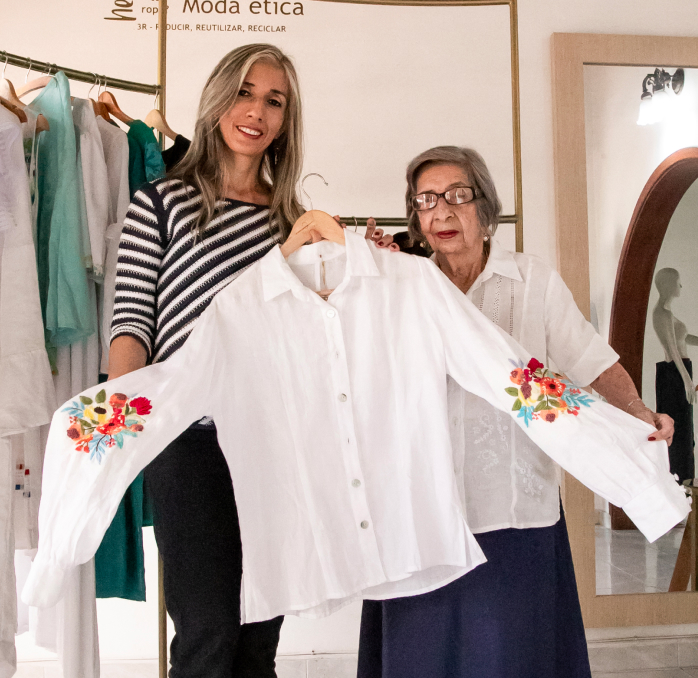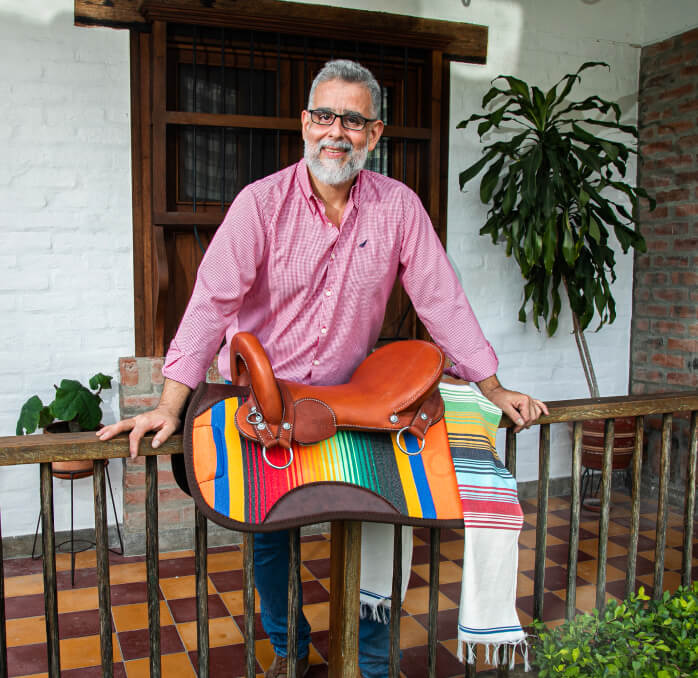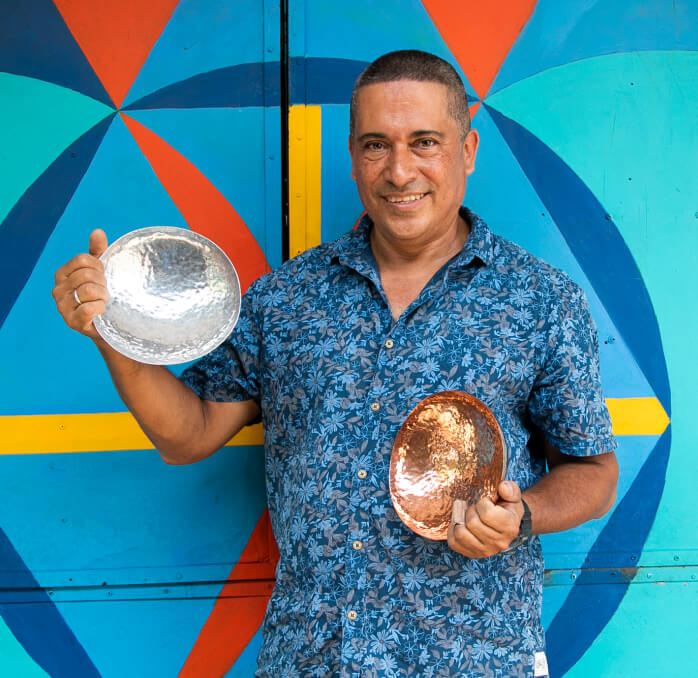Carlos Mario Gallego
Workshop: Samanea
Craft: Trabajo en madera
Trail: Valle del Cauca route
Location: Cartago, Valle del Cauca
To initiate one’s journey in the craft of woodworking, the best wood is the cedar, for it is resistant, not so hard to work with, its fibers are gentle and its color even. In contrast, saman presents a more intricate and dense wood with variations in color—it appears lighter on the exterior and reddish at its core. When subjected to a natural finish, the result exudes an exotic and captivating appeal. Common in the departments of Valle del Cauca, Caldas, and Risaralda, the saman tree holds a significant presence. but despite its beauty, it is unwelcome in areas designated for cattle grazing due to its shading nature and tendency to create swamps. After years of working with saman wood, Carlos Mario decided to return to the softer attributes of other woods. Crafting with cedar reduces the crafting time from a month for saman to two weeks for cedar. Presently, eighty percent of his creations utilize cedar. Given its soft nature, Carlos Mario ensures thorough treatment to immunize the wood. He favors cedar from Choco’s Pacific coast over that of Nariño’s Pacific coast due to its color. Thanks to his experience, he deciphers the timber’s color, fibers, and knots, revealing insights into its growth rate, soil humidity conditions, and origin. For instance, he recognizes that cedar grown near the equator is less susceptible to termites compared to its Colombian counterparts.
Carlos Mario Gallego is an artisan profoundly passionate about his craft. His mission is to elevate his craft to greater heights. A vintage photograph captures his early passión, depicting a one-and-a-half-year-old Carlos holding a small wooden eagle sculpture. He recalls being struck by the carved figures that seemed to be present in every house in the region. Crafted by Don Antonio, a master of both traditional earthen construction and wooden figurines, these figures graced El Águila in Valle del Cauca, Carlos Mario’s familial hometown. In the 1980s, the epicenter of carving was La Virginia, a municipality in Risaralda. There, they produced exquisite isabelline and baroque furniture, including the beloved Louis XV beds. Subsequently, many artisans who honed their skills in La Virginia, particularly at Muebles Clavijo workshop, migrated to Pereira and Cartago, where Carlos Mario grew up. As a result, woodworking was taken for a minor craft, not a subject for formal instruction at art schools.
During high school, Carlos Mario enrolled in a woodwork course held at Cartago’s Cultural House, marking the initiation of his training. At first, he endeavored to replicate shapes seen on his mother’s La Virginia-carved cupboard using knives. He gradually mastered the propper tools of a carver—they belong to the gouges family and divide into rasps, chisels, punches, gimlets and awls. Each tool, available in various sizes, serves diverse requirements. After earning a degree in Visual Arts from the Universidad Tecnológica of Pereira, Carlos Mario recognized his teachers lacked knowledge about the intricacies of wood carving tools, wood properties, and fibers. This deficit motivated him to bridge this gap through his roles as both a carver and an educator.
Growing up, Carlos Mario was immersed in the carved creations of Don Antonio as well as in the paintings and sculptures of birds. Cartago’s ornithological richness lends itself to a prevalence of bird-themed artworks. According to Carlos Mario, there is not a single house without a bird painting hanging on the wall. Carlos Mario was steeped in the works of Daniel Narváez, hailed as the father of bird painters in Colombia. From a young age, Carlos Mario knew his focus would be on ornithological wood carving—and so he did. His detailed creations depict scarlet flycatchers, blue-gray tanagers, hummingbirds, amazonian motmots, woodpeckers, toucans, and macaws. He meticulously renders each bird in harmony with their natural surroundings, capturing them alongside orchids, heliconias, bromeliads, and amazonian fruits. Now, after 23 years, Carlos Mario’s journey has come full circle—he went from being a student at Cartago’s Cultural House to becoming a teacher at the same institution. His students, aged 13 and older, receive a comprehensive education, as he generously imparts his wisdom to nurture and elevate the craft.
Craft
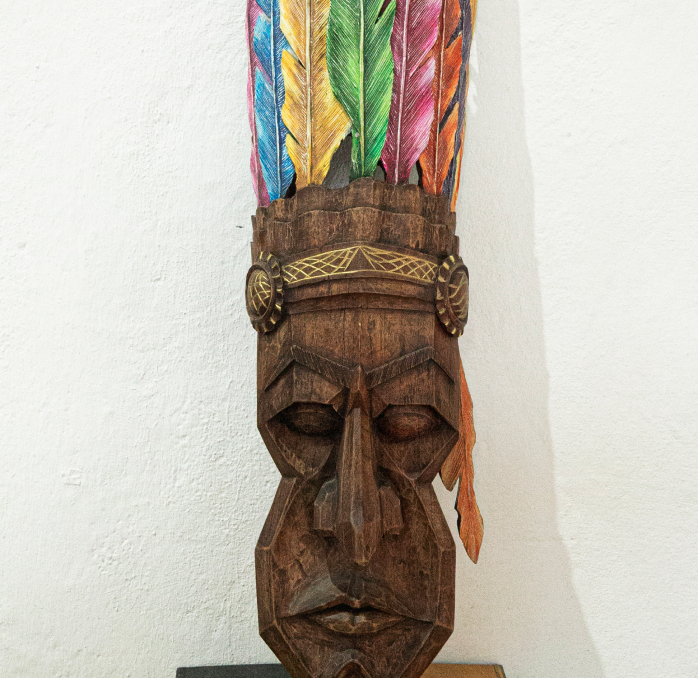


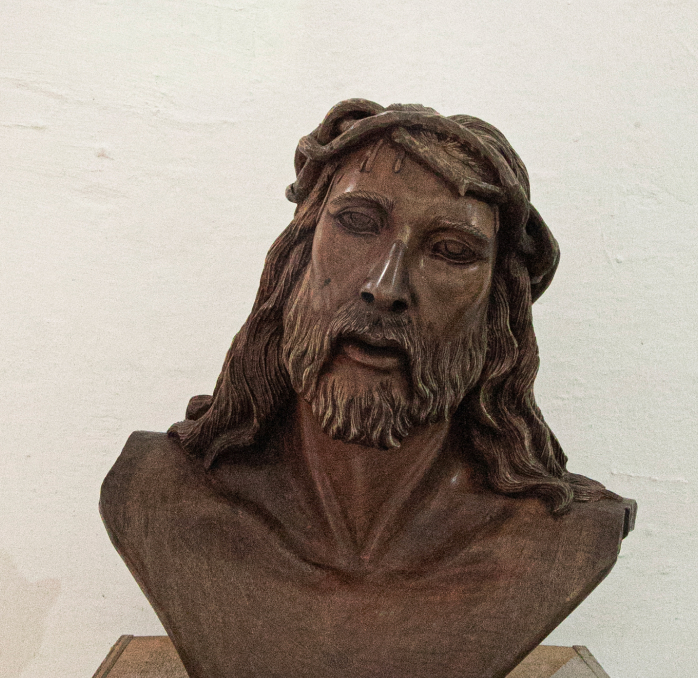
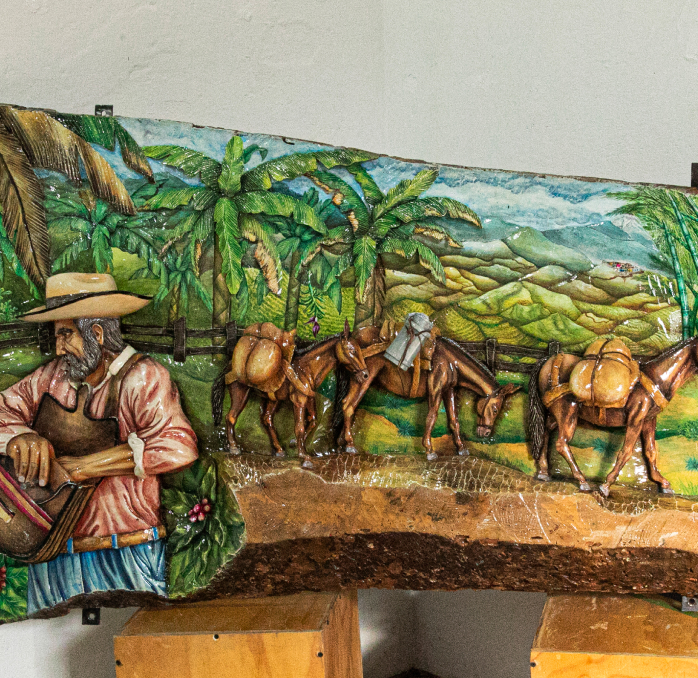
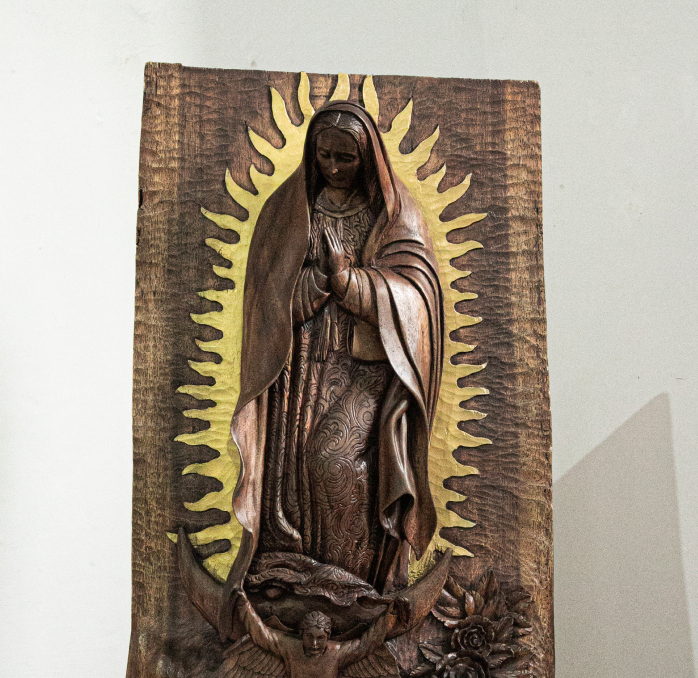
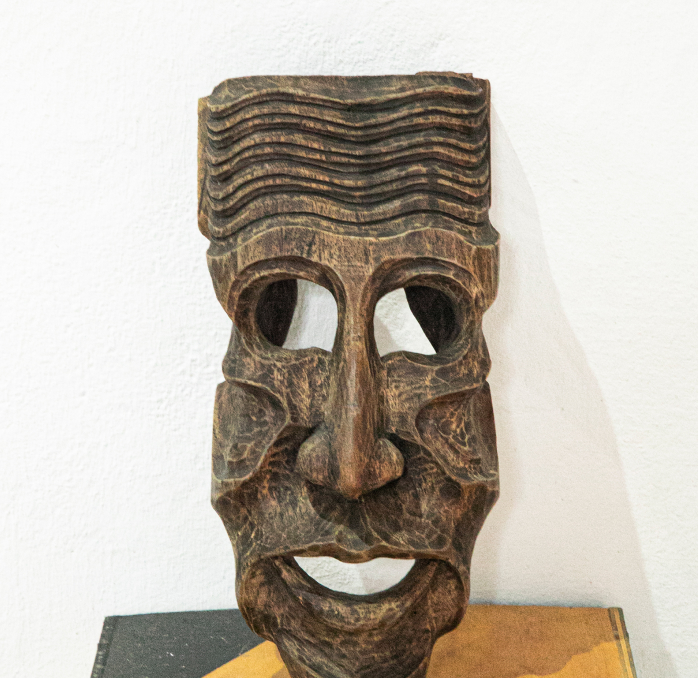
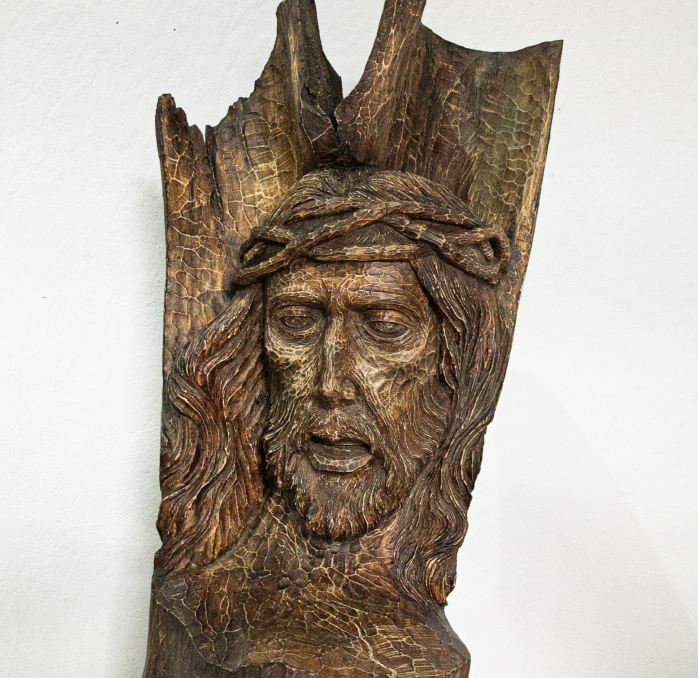








Artisans along the way
Artisans along the way
No puede copiar contenido de esta página










































